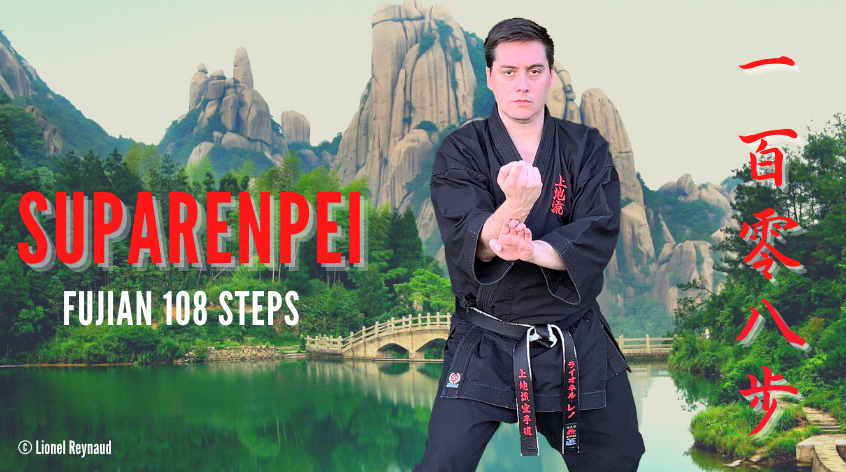
Suparenpei – learning Fujian Kata
As you know Uechi-Ryu style has only eight katas.
The original three were brought from China by Kanbun Uechi when he studied in the Fujian (China) :
- Sanchin (Core kata of Uechi System)
- Seisan
- Sanseiryu
The system was later modernized by Kanbun’s son Kanei. He added traditional warm up (junbi undō) and basic standardized (hojo undō) exercises.
Under his supervision 5 Katas were added to the system :
- Kanshiwa
- Dai Ni Seisan
- Seichin
- Seiryu
- Kanchin
These 8 katas are represented in the Uechi-Ryu Emblem as it is an octagon (8 for eight katas).
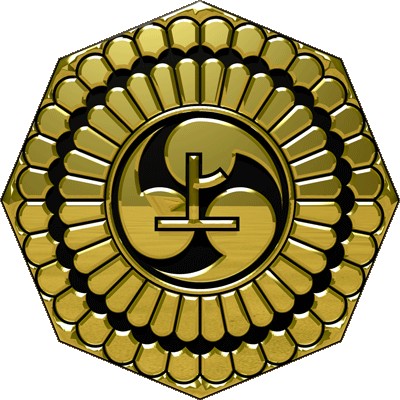
During his Chinese years, Kanbun Uechi studied 4 katas but never taught the last one as he considered he was not enough mastering it.
You can now imagine how surprised I was when during last summer Mattson sensei asked me to take part of an international group (less than 25) to learn this ‘unknown’ kata.
“It will be interesting to have you in the group as you are an athlete and coach” and we would like to get your feedback. Very few people are knowing it, you already know the 8 katas, learning Suparenpei should be a good complement to your training”.
How should I say more than ‘OK’.
108 Steps / 108 Forms
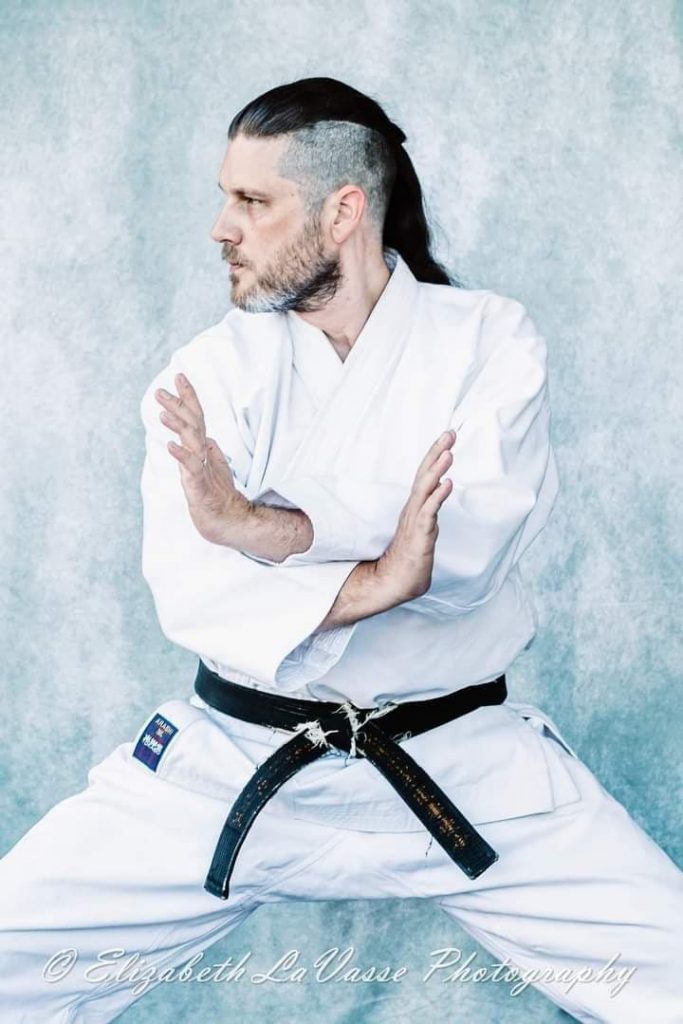
According to Justin Lavasse (Master Lailey & Master Mattson student) who made lot of research on this topic and who is currently translating tiger shaped boxing old manual (1985)
“Yibailingbabu” 一百零八步 (One hundred and eight steps) “suparinpei” is from Fúzhōu 福州 Hǔzūnquán 虎尊拳 (tiger respect boxing).
It comes from grand master Guōkǒngxī 郭孔熙 (1903-2003) who was a student of Zhōuzhènqún 周振群 (1888 -1968) who was the nephew and chosen heir to Zhōuzihé’s 周子和 (Shushiwa’s) school in China. Simon Lailey trained with Guōkǒngxī 郭孔熙 while in China.
The ‘Suparenpei’ lineage is the following :
0 Zhōuzihé 周子和 Shushiwa
1 Zhōuzhènqún 周振群 who taught:
2 Guōkǒngxī 郭孔熙 who in turn taught:
3 Simon Lailey
一百零八步 Yibailingbabu (One hundred and eight steps) aka suparenpei is however documented in the book I am translating : Hǔxíngquán 虎形拳 (tiger shaped boxing first edition 1985).
This book was commissioned to document and preserve the style of Zhōuzihé 周子和 (Shushiwa) and was presented to the Okinawans and Kanei Uechi I believe at that time. I don’t know why is has been ignored for so long but I hope my translation remedies that and others can evaluate it.”
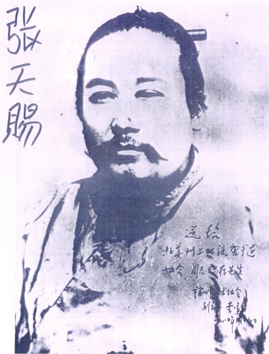
Justin continues “In the 1970’s two of Kanbuns former Chinese students traveled to Okinawa and explained after Kanbun shut his school down Shushiwa sent them another teacher and they continued their training and learned the Suparenpei form.
They wanted to show it to their old master but he had passed away by then. Then ended up showing it to Seiko Toyama.
In the 1990 by chance Simon Lailey was in China training and became a student fo Guokongxi who was a student of Zhōuzihé/Shushiwa nephew Zhouzhenqun and Simon learned the 108 (suparenpei) from him.
Knowing the story of our lost form (suparenpei) Simon traveled to meet Seiko Toyama which confirmed the form Master Lailey learned was indeed the same as he had seen form Kanbun’s elderly Chinese students. “
Learning 108 steps … step by step
Our International group (20+ persons from USA, Russia, Canada and a … French) started to learn Suparenpei in August and we just finished last sunday (Nov 22nd).
Each week we had a section to learn then we were reviewing every sunday our progress and share tips or questions during an on-line session.
For Evgeny (Russia) and me ,the non America based members, it was in fact a late session. Due to the jet lag …. we were performing our Suparenpei between 10PM and midnight (as said by Evgeny ‘we are crazy karatekas’)
That was for us our ‘late evening show’ 🙂

(Mattson sensei and Kristin Amirault in the top center)
The sessions were lead by Mattson sensei and Kristin Amirault (Canada) who learned the Kata from Victor Swinimer.
I take the opportunity of this few lines to warmly thanks Kristin for the way she taught us.
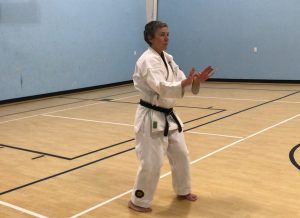
Suparenpei Challenges
Compared to the ‘classical’ Uechi-Ryu Katas, Suparenpei is a longer one with lot of changes of direction and many new techniques. After having said, I agree that 3 to 4 months to learn it was not so luxurious to overcome what I call the 3 Suparenpei Challenges :
The first challenge is of course to learn it : the directions, the turn, the new stances.
The second challenge is to improve you stamina level.
Indeed Suparenpei is a long kata. To give you an idea for me performing a Uechi Kata takes me between 60 and 90sec.
Regarding Suparenpei after three months of training, it takes me around three minutes to perform it … even at high speed.
The third challenge is ,as usual, when you learn a new kata : keeping and improving your flow.
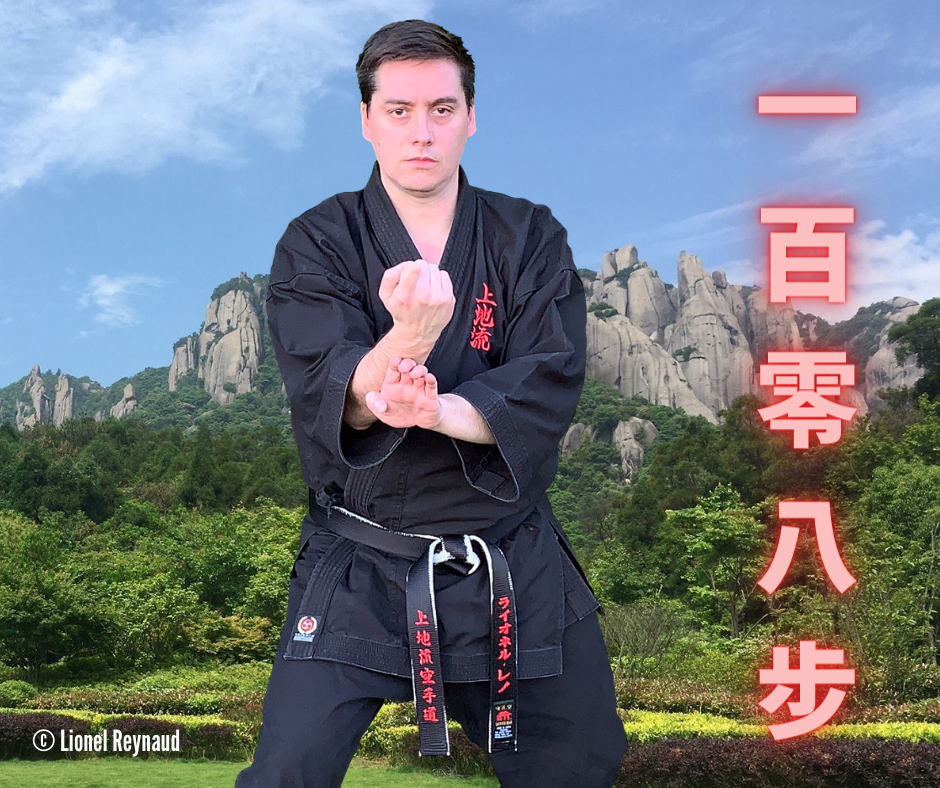
What you can find in Suparenpei …
It is always hard to get a feedback in such short term.
The first important thing I have in mind about this project : it was a fantastic mean to meet other practitioners such as Kristin, Justin , Jannet, Rik …. or know better others I was already in contact with such as my Russian friend Evgeny.
The conclusion of Mattson sensei summarizes perfectly the spirit of this group : ‘this is a free group opened to all organizations and we are there to work together to learn and promote this lost kata’.
In term of technical approach it is interesting to see Uechi techniques or moves used differently.
The easiest example is the Fish Block used in kanchin kata. In Suparenpei we combined Fish blocks with circular block. It is for me a way to open the door to new Bunkai (applications).
After we all had the feeling to learn a piece of history as said by Evgeny :
” Many new kata have been invented in Okinawa, but these are new techniques and new forms of constructing the kata algorithm, the Suparinpei kata is an old kata that contains history and is directly related to Shu Shi Wa, and Kanbun Uechi. I’m interested in studying old forms ”
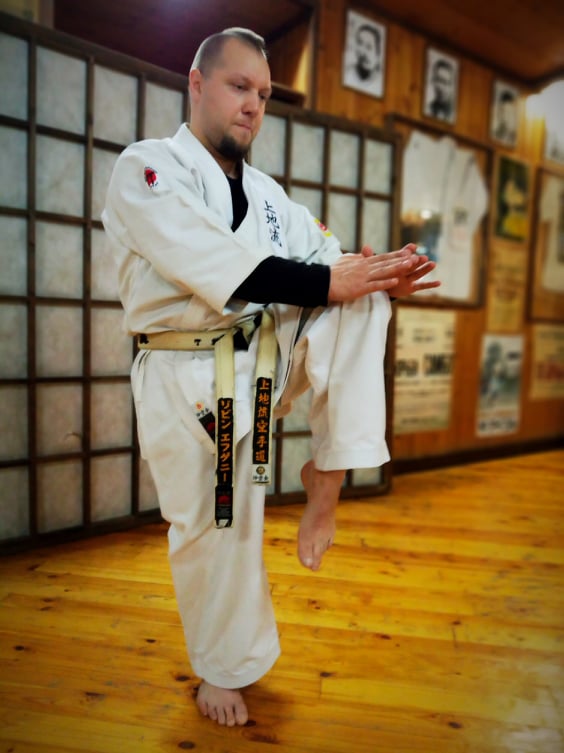
In each session Justin was there to explain some words of Chinese and the way this kata was transmitted : a perfect combination of Karate & History.
Next Steps for this 108 steps :
It is time now to improve our own Suparenpei, investigating it to find applications and of course promote it, teach it.
Thanks for reading and thanks to Justin and Evgeny for their support in this post.
Lionel
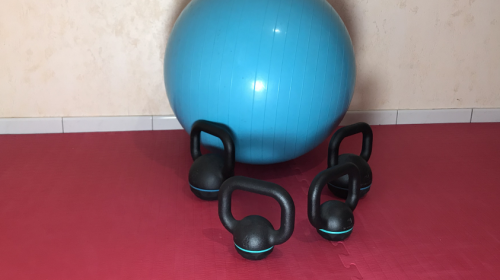
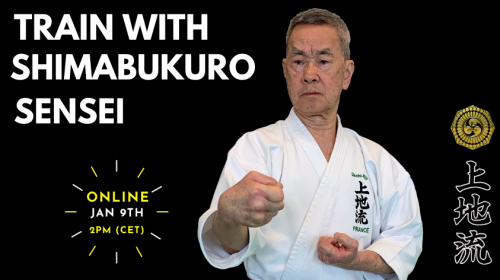

6 Comments
George Mattson
Thank you Lionel, for this very informative information Blog.
lionel
Thank you George to have organized such great event. Uechi-Ryu is a great and fantastic family.
Jan Blacha
Hi Lionel,
I just finished this Superempei project as taught by Sensei Mattson and Sensei Amirault. I came across this blog while researching this kata this evening. Thank you for the added research and information.
John Blacha
lionel
Thank you John for your comment.
We are working with Mattson sensei on a coming project 😉
Pingback:
Pingback: